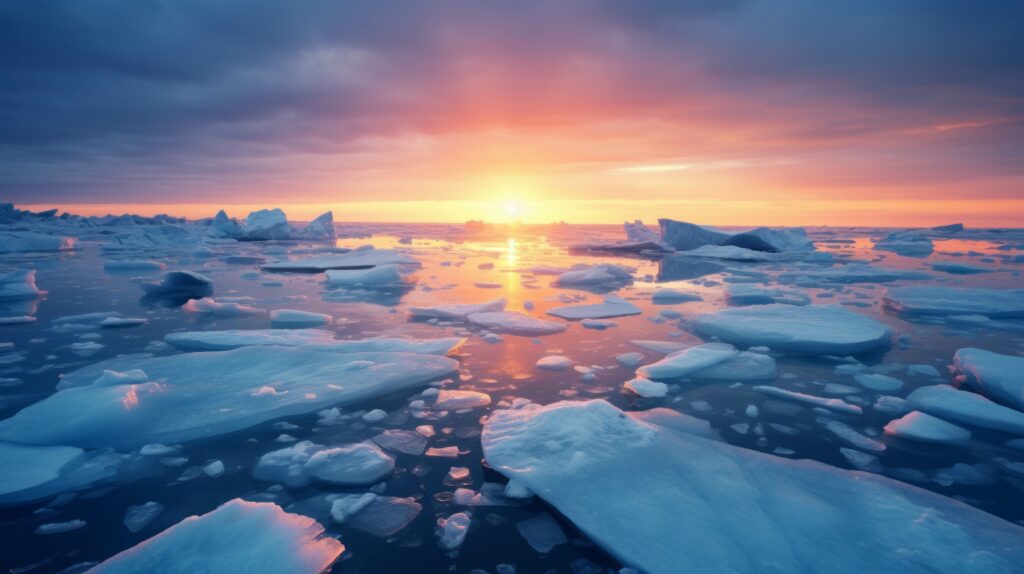Past patterns of ice sheet melt reveal worrying clues for future sea level rise

Researchers studying the climate of the Last Interglacial have discovered a co-dependent relationship between Antarctic ice sheet melt and ocean warming that reinforces itself. The findings suggest East Antarctica might be even more vulnerable today than scientists previously thought, with a possibility of raising sea levels at a faster rate than anticipated.
“Antarctic ice sheet melting leads to a subsurface warming of the ocean around Antarctica, which enhances Antarctic ice sheet melting from below. This could possibly destabilise the ice sheet,” said the lead author of the study, Dr David Hutchinson from the ARC Australian Centre for Excellence in Antarctic Science (ACEAS) and the Climate Change Research Centre (CCRC) at UNSW Sydney.
Why is studying a past interglacial important?
Studying the Last Interglacial can give us clues to how our future unfolds.
The Last Interglacial period, which occurred about 127,000 years ago, is the warmest natural period of the past 800,000 years.
“Temperatures at the Last Interglacial were about 1 degree Celsius higher than during our pre-industrial period,” Dr Hutchinson said.
He said this is about equivalent to today. The Last Interglacial period was relatively warm because of orbital cycles that favoured warmer summers in the Northern Hemisphere.
Today, Earth is not only warm but continuing to warm because carbon dioxide (CO2) levels in the atmosphere are higher due to greenhouse gas emissions.
“The CO2 level in the atmosphere during the Last Interglacial was only 275 ppm, whereas today it is 420 ppm and rising,” said co-author Associate Professor Laurie Menviel, also from ACEAS and CCRC at UNSW Sydney.
“The Last Interglacial is a particularly important period to study as—despite temperatures being similar to now—global sea level was about 5 metres higher. This implies a large amount of ice was lost from the Antarctic ice sheet during that time,” she said.
The East Antarctic ice sheet is Earth’s largest ice sheet today, containing around 53 metres of sea level.
More understanding needed for more accurate projections
The study compared atmospheric temperature data to previous data gathered from Antarctic ice core samples. The findings will help improve modelling of future climate change, as smaller Greenland and Antarctic ice sheets and their associated meltwater input into the oceans are not typically included in future climate projections.
“This positive feedback is missing from our current climate models,” Dr Hutchinson said.
“And what this information might reveal is a more accelerated melt of the East Antarctic ice sheet.”
Dr Hutchinson said this information is crucial.
“The fact that sea level was so much higher back then suggests that we could easily have many metres of sea level rise in the future, given our current levels of CO2,” he said.
“We need to understand how and why this might happen.”
PAPER
David K. Hutchinson, Laurie Menviel, Katrin J. Meissner & Andrew McC. Hogg. (2024). ‘East Antarctic warming forced by ice loss during the Last Interglacial’. Nature Communications. DOI: 10.1038/s41467-024-45501-x


